2017 was one of the biggest years for Nintendo — and gaming as a whole — in a long time. With the launch of the Switch, Ninty had to bring the big guns if it wanted to make a mark upon the gaming landscape — and leave a mark it did, with heavy hitters like Splatoon 2 balanced out by ports such as Mario Kart 8 to create one of the strongest first years in a console’s history.
There were three games that ended up bigger and more expensive than all the rest: The Legend of Zelda: Breath of the Wild, Super Mario Odyssey and Xenoblade Chronicles 2. While each title had taken cues from previous entries in their respective series, they also did new and inventive things in their own right. And what connects all three games is a common, almost overused game design convention in the modern age: an open world.
I’ll admit that for the longest time I was never really a fan of open world games. They felt more like novelties than well-designed environments, more suited to saddling you with busy work than an actually fulfilling experience. Yet these three games not only made elements of open world design work; they put their own touches and philosophies into the work, making three experiences that are triumphant in their design while being evocative in their own way.
Zelda: The quality of the quiet
More impactful than arguably any game this year, Breath of the Wild ditched nearly three decades of tweaks and refinements to the “Zelda Formula” to return to the series’ roots. The original Legend of Zelda was debatably the first open world game ever, but the approach that BotW took was much more nuanced than its ancestor, creating a world as starkly beautiful as it is somber.
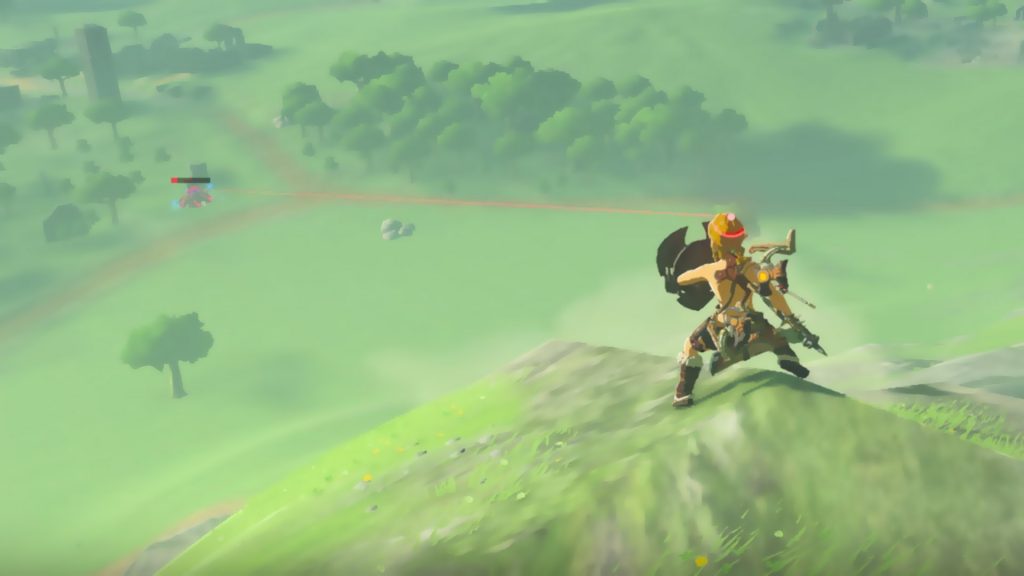
Most open world games are, for lack of a better term, “noisy.” They’re filled with objectives, NPCs, enemies and more for you to do. The HUD is crammed with icons notifying you of where to go or what to do, and much of the landscape is treated as a place to pass through on the way to interesting matters.
Zelda made the world itself an interesting matter. Besides the Ubisoft-style towers you find dotted across the landscape (which are a relatively simple way to provide players with a vantage point in new regions), there’s little in the way of explicit tasks or objectives. The game doesn’t tell you where the shrines are outright — you have to find them yourself. This forces the player to actually engage with the landscape and pay attention to it, rather than have their eyes glued to an objective marker.
This, of course, would mean nothing if the world of BotW wasn’t worth exploring, but it most certainly is. Hyrule is empty, but filled with memories and life — ruins of villages that have been taken over by nature abound, and the area surrounding Hyrule Castle is a nightmarish field of death and decay. Comparisons to Ghibli films are popular, I’m aware, but the game really does strike the aesthetic of Nausicaä of the Valley of the Wind, showing a technologically advanced world slowly being reclaimed by the forces that created it.
The environment of Zelda isn’t particularly creative, per se, but it is extremely well executed. It excels at drawing wonder from nature — climbing a mountain to see the vast landscape before me was the greatest moment the game had to offer. The soundtrack, rather than go for the typical Zelda bombasticity, underlies exploration with calm, melancholy tracks. The world tells a story all its own, in the dilapidated structures of ages past, the withered remnants of days gone by.
It is massive, quiet and alive.
Mario: The delight in the details
In comparison to Zelda’s muted understatements, Super Mario Odyssey offers a world that’s vibrant and peppy to its core. While lacking the scale of the other two games on this list, Odyssey more than makes up for it with its painstaking attention to detail, as no space is wasted in its universe of fun.
Kingdoms in Mario Odyssey tend to be pretty simple thematically — there’s your ice level, your forest level, a couple water levels and so on — and while they occasionally offer something a little more interesting thematically, that’s not the focus. Each Kingdom will have its own appeal, for certain, yet it’s more about the efficient use of the aesthetic in crafting gameplay opportunities than it is about the aesthetic itself.
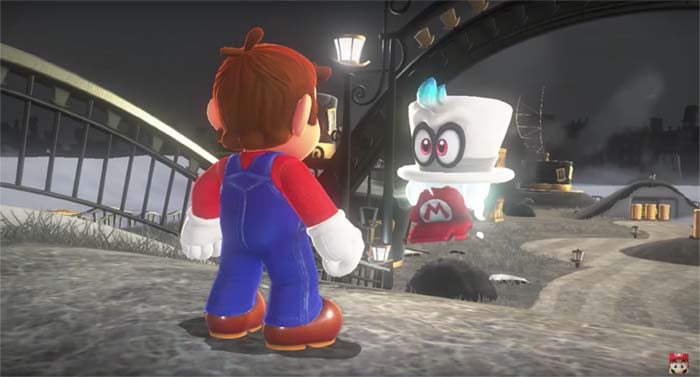
SMO is a game where things are precise, rather than sprawling. The density of objects within each world is almost perfectly attuned, managing to feel massive without becoming insurmountable. Hundreds of Moons pepper the landscapes, from the easy to spot to the hard to get, and nearly every inch of the level design is used constructively.
There’s no better example of this than one of the best designed platforming levels of recent generations, New Donk City. Filled with strangely realistic humans and towering skyscrapers, all corners of NDC require you to pay attention to your surroundings in order to navigate around the most efficiently. You may find purple coins in the oddest of places, or a pipe stuck in a back alley, or see a lock to a Moon to which you must find the key. Combined with an expertly precise control scheme, and it’s all a matter of figuring out where the goods are so you can make your way over to them.
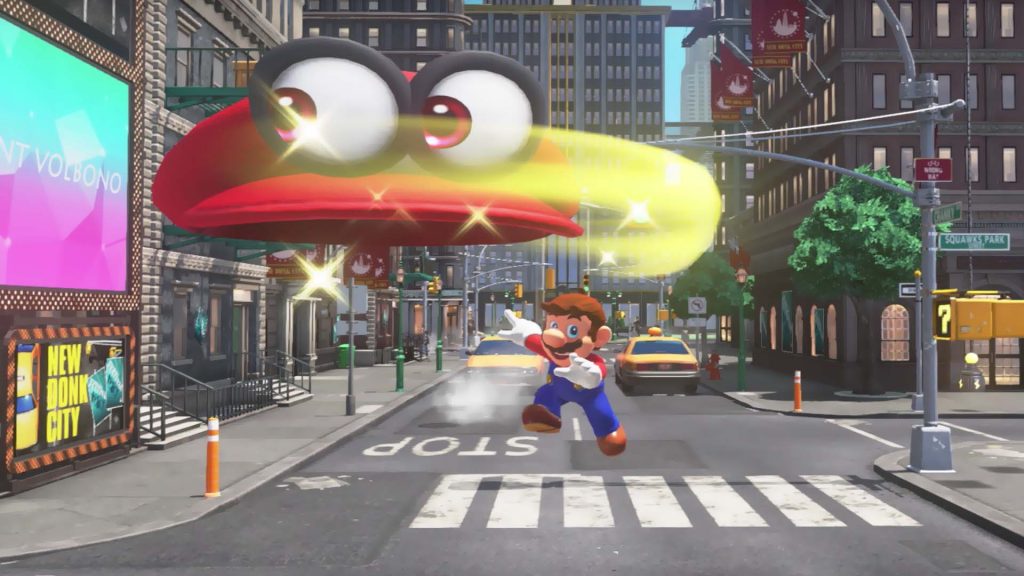
SMO doesn’t make a world that’s congruous, realistic, or otherwise understated. It doesn’t need to. It’s all about moving to the beat of your own drum, hopping and bopping across the landscape and interacting with the environment to discover something new. It’s not a game about making statements, or preaching to your heart, or causing you to reflect. It’s pure, unadulterated, gleeful fun. And the world reflects that perfectly.
Xenoblade: The greatness of grandeur
Compared to the previous two entries, Xenoblade Chronicles 2 isn’t as revolutionary, both within and outside of its own series — much of its level design philosophy was pioneered by its immediate predecessor (and to a lesser extent its true open world cousin, Xenoblade Chronicles X). The environments of Alrest carry neither the poignancy of BotW or the tightness of SMO; instead, they offer a sense of vivid grandeur that few games can achieve.
Areas within XC2 are not merely large — in comparison to Breath of the Wild, none of them even come close, and combined into one they likely still wouldn’t match. But they feel gigantic. Walking across one of the Titans of Alrest, as a variety of huge creatures tread along your path, is an experience whose sense of scale is nigh impossible to match. Monolith Soft is superb at making vast landscapes that feel infinite in scope, and there was more than one moment in my adventure when I was simply in awe of the scenery.
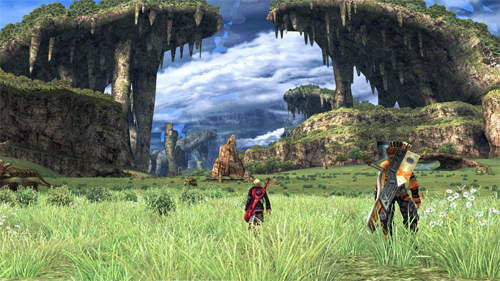
Xenoblade 2 also offers environments that you have to figure out the layout of not just in order to navigate, but to even reach certain areas. BotW and SMO both offer freedom of movement, which means that once you find a place you can reach it with relative ease. But XC2 forces you to scour the environment, look for hidden tunnels or pathways, and figure out how to get to Point B from Point A, utilizing Blade abilities and your own observational skills in the process. It may sound tedious on paper, but it’s an enjoyable experience, and Monolith makes sure to always reward you for your efforts.
It also has to be said that the world-building helps greatly in the environmental design. Rather than a typical JRPG fantasy with dragons, dungeons and other doohickies, Xenoblade 2 has a world that feels original and inspired, filled with flora and fauna that simultaneously feel believable and fantastical. You get a sense that the world exists outside of Rex and co’s adventure, with its own ecology, politics and culture that aren’t direct allegories for real world situations. Even the weather at times is unique, like when you’re in the belly of the Urayan titan and witnessing sparkling rain.
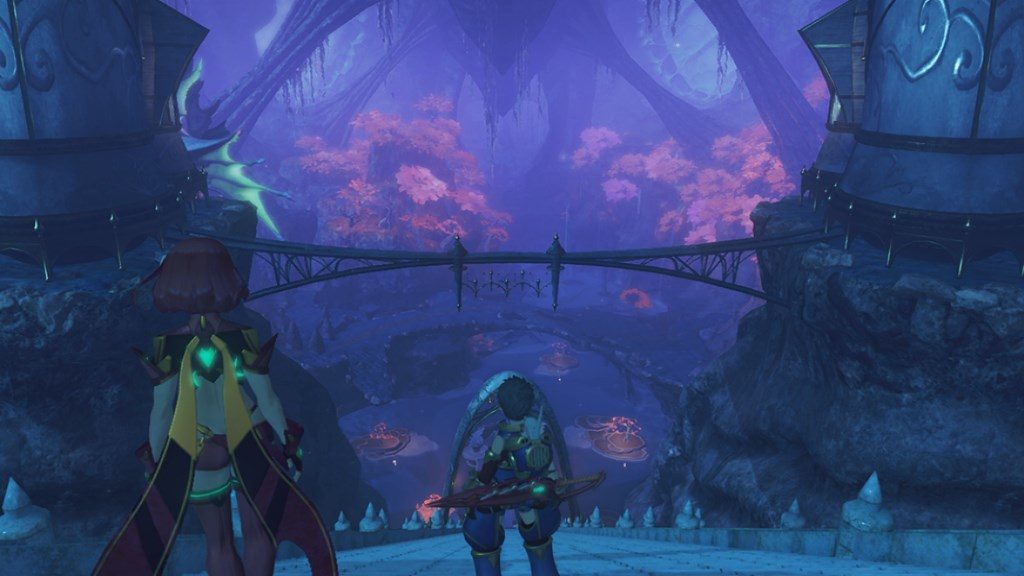
The World Ends With You
Open world design is one of the most difficult and expensive designs possible for a game, and it seems more and more AAA games are hopping onto the train. It’s a shame that many, in the process, are sacrificing actual design and thought in their environments for quests, tasks and other chores that don’t add much to the experience.
While it should be far from a necessity, Nintendo and Monolith Soft proved that open world design absolutely can work, and even be some of the most gratifying experiences available. All it takes is consideration for the actual environmental design, and realizing that it’s not an issue of quality versus quantity — it’s doing both.
Leave a Comment

